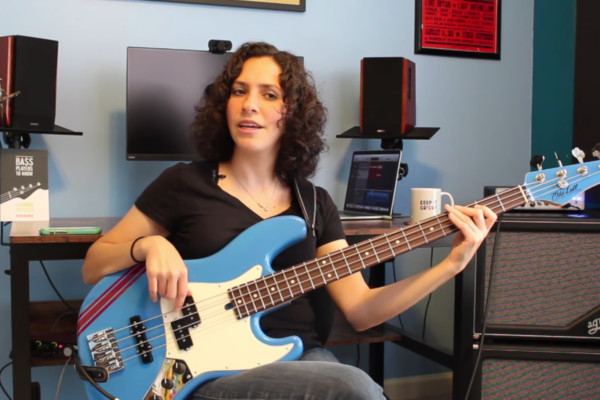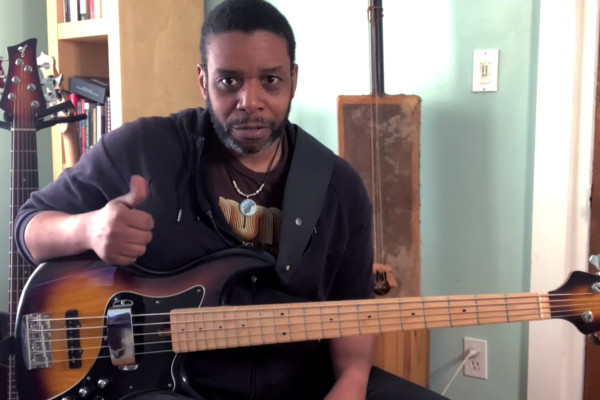Classification of Three Types of Thumb Position on the Double Bass
When we speak of thumb position on the bass we are referring to a left hand (l.h.) fingering system where the thumb is used to depress the string. The thumb is on top of the board (rather than behind the neck) and it presses the string down like any other finger. However, often telling someone to “play that in thumb position” does not tell them everything they may need to know. Specifically it doesn’t tell us what sort of finger spacing they should use.
While there are numerous finger spacings we can use when playing in thumb position, there are three that are the most common. Thankfully, the great Italian pedagogue Franco Petracchi has classified them for us. I use his classifications as a starting point when talking about thumb position. Here are the basics of how I talk to students about the various thumb positions:
Chromatic Thumb Position:
- ½ steps between each finger, including thumb
Semi-Chromatic:
- 1 step between thumb and first finger
- ½ steps between remaining fingers
Diatonic: Can be “major” or “minor”:
Major:
I advise pivoting the hand when playing higher fingers
- 1 step between thumb and 1
- 1 step between 1-2
- ½ step between 2-3
Minor:
I advise pivoting hand when playing higher fingers
- 1 step between thumb and first 1
- ½ step between 1-2
- Whole step between 2-3
For many, it will be easier to understand with musical examples. Here are the three different classifications of thumb position written on the staff, all with thumb on G as the starting point:

Next time you are playing in thumb position, consider clarifying in your mind “which” thumb position you are using. Such clarification will not only help with understanding what notes are available to us in thumb position, but will have a positive effect on our pitch accuracy as well.
Dr. Donovan Stokes is on the faculty of Shenandoah University-Conservatory. Visit him online at www.donovanstokes.com and check out the Bass Coalition at www.basscoalition.com.




There are some techniques left out here: I would add the very useful “crab” technique as described by Francois Rabbath which you can find on YouTube. The other one is more of an approach to the WHY of thumb position. Often you use the thumb to act as a landmark for finding your way on the bass, and not just to play a note with the thumb. Finally, thumb position can be used on the fingerboard anywhere one can do it safely and effectively, and not just for higher positions. I have a large full-size bass and I use thumb position in the lower positions (i.e., as low as the written C# on the G string). For fast passages, thumb position can be a real asset to your toolbox by eliminating shifts.